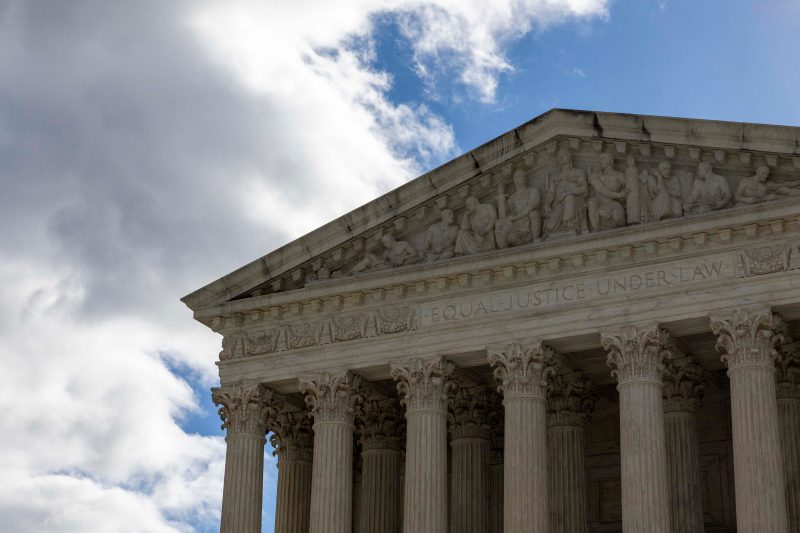The Supreme Court of the United States, also known as SCOTUS, is the highest judicial body in the country. It plays a crucial role in interpreting the Constitution and ensuring that laws align with its principles. Recently, the Supreme Court has agreed to hear cases that touch on a variety of important issues, including vape rules and access to porn for minors.
Vape Rules
One of the cases that the Supreme Court will be considering involves vape rules. The vaping industry has grown significantly in recent years, with more people turning to e-cigarettes as an alternative to traditional smoking. However, concerns have been raised about the impact of vaping on public health, particularly among young people.
The issue before the Supreme Court is whether the government has the authority to regulate the sale and marketing of vaping products. Proponents argue that strict regulations are necessary to protect public health, especially given the rise in vaping among minors. On the other hand, opponents contend that such regulations infringe on individual liberties and the rights of businesses to sell their products freely.
Access to Porn for Minors
Another case that the Supreme Court will be examining deals with access to porn for minors. In today’s digital age, explicit content is readily available online, raising questions about how to prevent minors from accessing it. The case before the Supreme Court asks whether the government has the authority to impose restrictions on internet access to prevent minors from viewing pornography.
Advocates for restricting access to porn for minors argue that such content can have harmful effects on young people and that it is the government’s responsibility to protect them. On the other hand, opponents of such restrictions raise concerns about censorship and the potential infringement on free speech rights.
The Supreme Court will have to grapple with these complex issues and weigh the competing interests at play. Its decisions in these cases could have far-reaching implications for public health, individual freedoms, and the protection of minors in the digital age.
In conclusion, the Supreme Court’s decision to take on cases involving vape rules and access to porn for minors highlights the importance of its role in interpreting the law and shaping public policy. These cases raise fundamental questions about the balance between government regulation and individual rights, and the Supreme Court’s rulings will have a lasting impact on these issues. It will be interesting to see how the Court navigates these complexities and what implications its decisions will have for society at large.



























